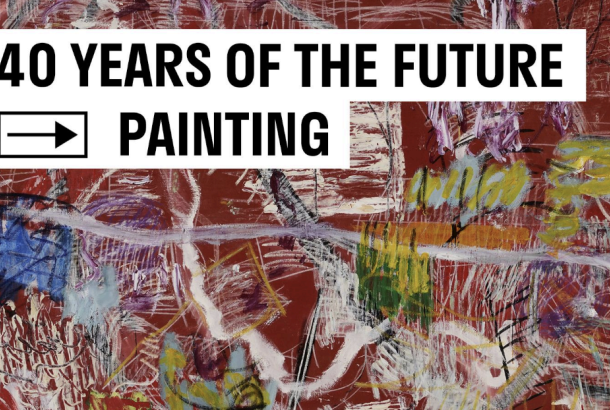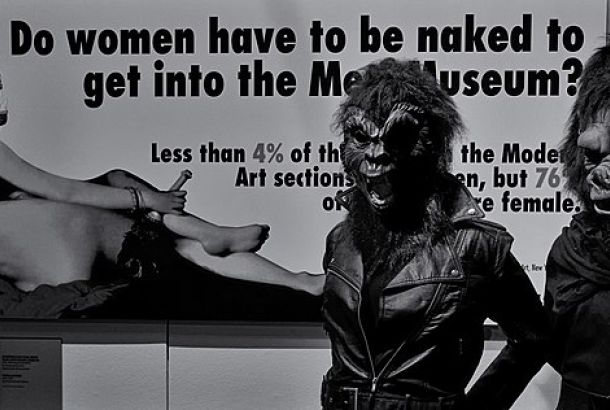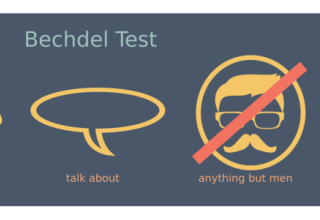Review: Tibor Reich
A short British Pathe film from 1957 shows footage of a genteel, bow-tied man cutting and arranging square patterns on his work bench. With a joyful newsreel platitude, the arch RP voiceover announces that the subject, textile designer Tibor Reich, manages to marry the ‘wonders of nature and the ingenuity of man.’ Next comes some footage of him crouching by a riverbed to take close-up photographs of blades of grass that he will later use as the basis of his patterns. The Whitworth’s latest textile exhibition does nothing more that convert the chirpy vision of the Pathe film, full of postwar affluence and Council of Industrial Design-style promotion, into a miniscule retrospective: polite, respectful, even awed, but with little real insight into the artist.
Tibor Reich’s career and vibrant artistic vision is the result of his European Modernist education and industrial training. Born in Budapest in 1916 into a family of Jewish textile industrialists, he became a decorated student, moving from formal Weimar Bauhaus training, Viennese textile schools, and eventually Leeds University. His Modernist background then became absorbed into the postwar drive for proud national declarations of British design in the form of the Festival of Britain in 1951. After creating his own company, Tibor Ltd. in 1946, he experimented with fibres, photographic sources and ‘deep-texture’ fabrics and gained a host of commercial clients. He lived through an age of nationalist art exhibitions, a scene that is lost to our own age of globalised art fairs and inflated ‘art world’ economics. Unfortunately, this history is limited to a few captions on the gallery wall.
The curators package Reich as a timid Hungarian Ambassador for Soft Fabrics circa 1956. The first room takes a cursory look at some angular Bauhaus architectural drawings (where is the background of Werskstatte, Stolz, and Klimt that obviously play a huge role?). Some comic sketches of shrouded Hungarian women are blown up on the wall next to some ideas for jugs and a single board about his own swanky two-floor house, notorious for its free-standing, onion-shaped fireplace, build at the height of his career. The main room shows his textiles dangling from the ceiling like a messy Moroccan stall. (Also the room where the jolly Pathe announcer is played annoyingly on loop). The largest space is taken over by a selection of 1950’s wallpaper designs, and though they establish a background of professional innovation (the Palladio range designed by Richard and Guy Busby were made using the then-novel method of screen-prin) it seems like an irrelevance. Large scrolls are pinned against the wall as though the Rothko Chapel had moved into the backroom of Homebase.
Reich’s designs are brilliant and deserve a far better retrospective. The postwar prevalence of grandiose exhibitions is lost and this quite unfair, the Pathe newsreel version of art history is no way to access this important time period.
For more information about the Reich exhibition and The Whitworth’s impressive textile collection: Tibor Reich. Open until August 2016.







